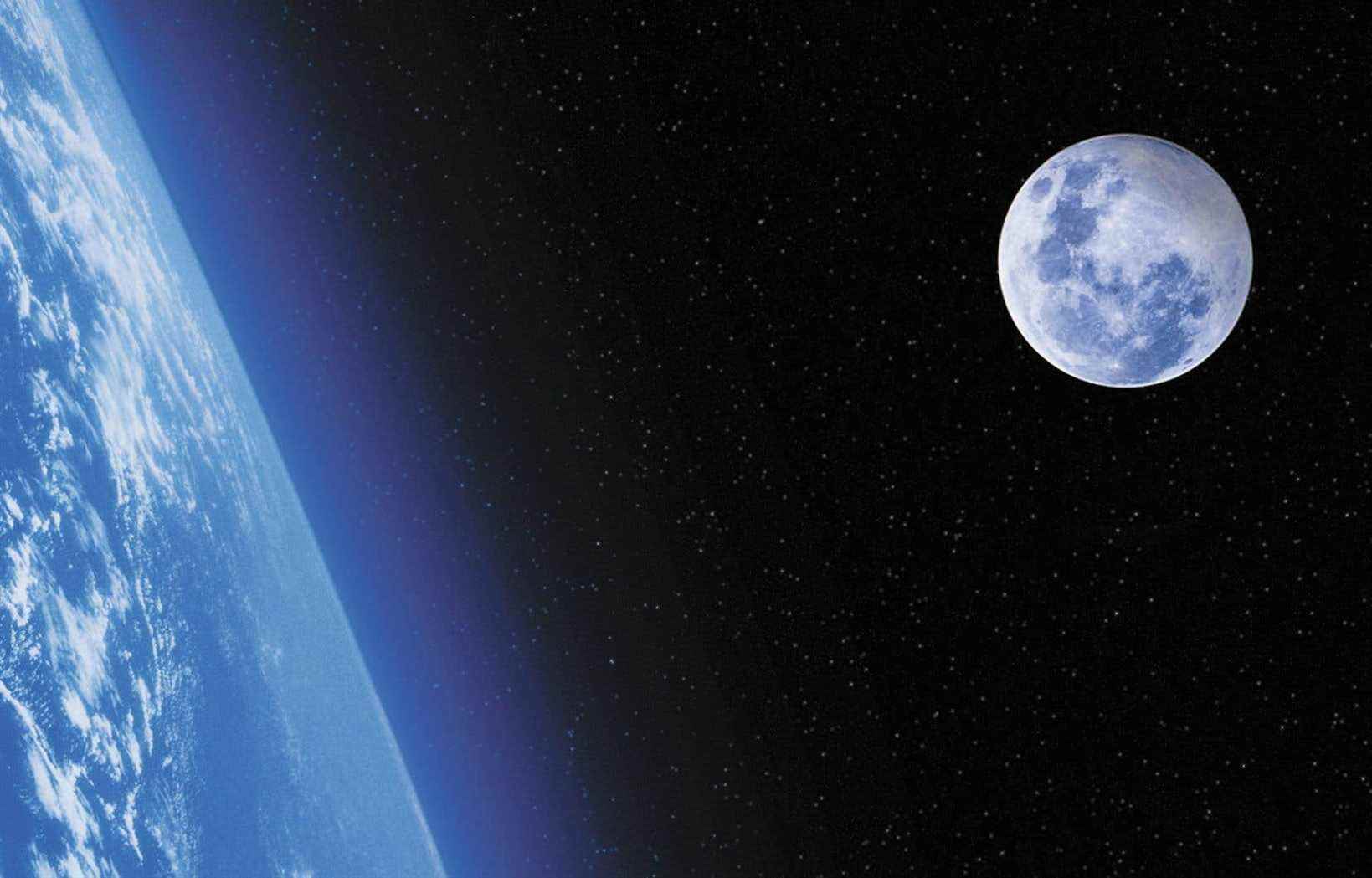The research work on terrestrial permafrost by Professor Pooneh Maghoul of Polytechnique Montréal is having quite a remarkable impact. As proof: they have captured the interest of the Canadian Space Agency in the lunar exploration acceleration program. Indeed, Canada is joining the ambitious project led by NASA and its international partners concerning the return of humans to the moon, this time to stay there.
A geotechnical specialist, Professor Pooneh Maghoul has developed an innovative approach to study the behavior of frozen soils in northern regions subjected to the effect of climate change. “The accelerated melting of permafrost is endangering homes and infrastructure,” explains the associate professor in the Department of Civil, Geological and Mining Engineering at Polytechnique Montréal. Indeed, the impacts of the climate crisis are already being felt in many northern territories, which explains why the researcher’s work initially aimed to help communities in the Far North adapt to changes. “When the ground thaws, it becomes like dirt,” she comments.
A breakthrough in the analysis of weakened soilsPooneh Maghoul and his student Hongwei Liu developed a non-intrusive method compared to traditional extraction sample collection to determine the current and future stability of soils. “By analyzing seismic waves, we are able to determine the stratigraphy of the permafrost site, its state of degradation and the areas at risk,” she explains. This technique can also detect the amounts of gel and water present in the basement, as well as the location of a pocket of liquid. A method that has captured the interest of the Canadian Space Agency (CSA), which is collaborating with NASA for the habitable base project on the Moon.
Is there water on the moon?
The technology developed by Professor Maghoul – along with her subject matter expertise – is used in the CSA’s lunar exploration acceleration program. “To establish a permanent base on the Moon, you have to be able to use the resources you find there: water, minerals, oxygen,” she explains. The method of finding water on the Moon is the same as that used on Earth for permafrost, and one can observe the vibrations which are very numerous on the lunar soil due to meteorites and moonquakes. The professor works in a team funded by a CSA program. Coming from different disciplines and universities, the five researchers have complementary expertise. “My mission is to determine if there is water presence and also to support one of my colleagues in order to characterize lava tunnels”, specifies Pooneh Maghoul. Formed by a volcanic flow that cooled and contracted, leaving voids under the ground, these could prove to be safe places to establish the first habitable bases.
Quebec genius to conquer space“Overcoming the engineering challenges to install a moon base is still unprecedented. You have to be avant-garde and come up with innovative ideas to have an impact, ”acknowledges the professor from Polytechnique Montréal. When Canada sends its first robots to the Moon around 2026‑2028, Pooneh Maghoul and his colleagues will be able to start collecting data and finally reveal whether or not there is water.
Polytechnique Montréal is a university entirely dedicated to engineering. It has one of the largest research centers in Canada. Its aerospace group is very active in research and development oriented towards the major social issues of today and tomorrow.
This content was produced by Le Devoir’s special publications team in collaboration with the advertiser. Le Devoir’s editorial team played no role in the production of this content.
To find out more about Polytechnique Montréal
